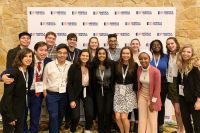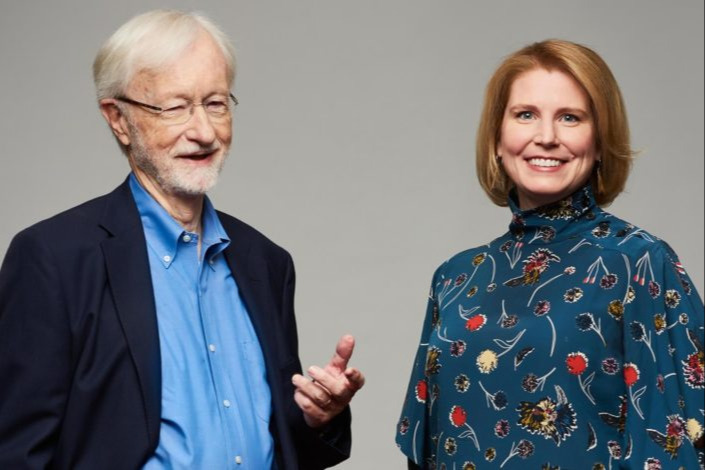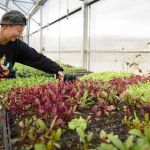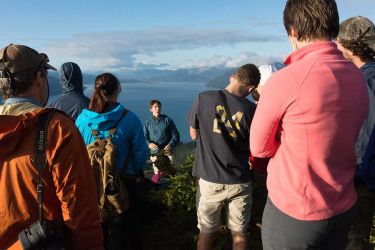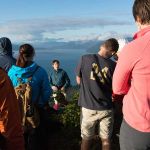In creating Stanford University, Leland Stanford and Jane Lathrop Stanford wanted students to gain a world-class education that expanded their minds, strengthened their morals and made them adept in practical skills. One way the Stanford community continues to uphold this guiding purpose more than 125 years later? By facilitating and taking part in immersive, enlightening – and sometimes unorthodox – courses.
